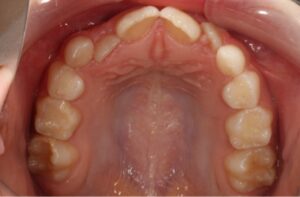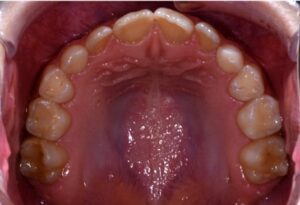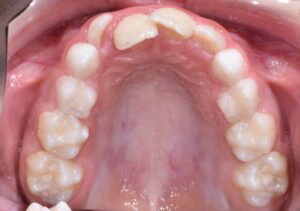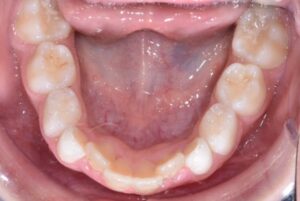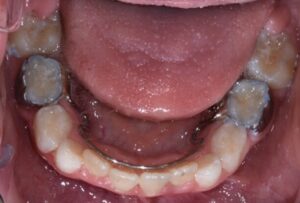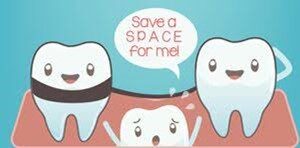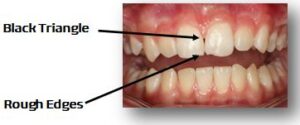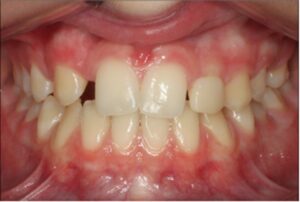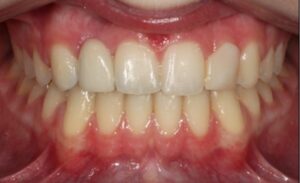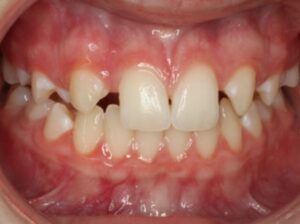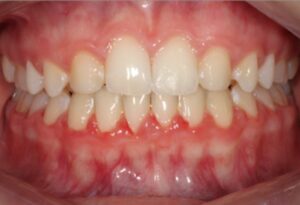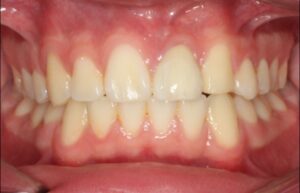WebMD Feature By Peter Jaret Reviewed By Alfred D. Wyatt Jr., DMD
Feel a little self conscious about your crooked teeth? You aren’t alone. Thankfully, braces aren't just for kids any more. Today, adults make up nearly 20% of brace wearers, says Michael B. Rogers, DDS, president of the American Association of Orthodontists.
Although there are many reasons for adults to consider braces, most people simply want to look and feel their best. Here are a few leading reasons to make a trip to the orthodontist:
A straighter smile. It’s no surprise that many people want to perfect their pearly whites to achieve a winning smile. And, those smiles pay off. A recent study compared people's reactions to photos that were manipulated to show either straight or crooked teeth. People with straight teeth rated higher on scores of leadership, popularity, and sports ability. (The only score that didn't change was intelligence.)
Shifting teeth. Just because you had braces as a kid doesn’t mean you’re off the hook. "Teeth tend to move a little throughout your life," Rogers says. "Your teeth may shift a little back toward their original positions."
Better oral health. It’s no surprise that straight teeth are easier to brush and floss. So -- if you’re doing your part -- expect less decay and healthier gums, says Pamela K. McClain, DDS, president of the American Academy of Periodontology. Antibacterial mouth rinses can also help keep your teeth and gums free of plaque-causing bacteria that can lead to gingivitis, an early, mild form of gum disease.
Braces can help people manage some more serious issues, too, like bite problems that cause jaw pain. In some cases, braces are necessary to change the position of neighboring teeth for a new bridge, crown, or implant.
New Options
Thankfully, we’ve come a long way from the days when kids were called "Brace Face." Today’s options are barely noticeable. They include:
- Ceramic braces made of a clear material that is much less obvious than traditional metal braces.
- Customized plastic aligners that fit like tooth guards over teeth, gently moving them into a new position.
What to Expect
How long you'll need to wear braces depends on what you have done. Most treatments range from 6 to 20 months. Once teeth are in the desired position, you are likely to need to wear a retainer. Many orthodontists now recommend permanent retainers that are fitted and attached to the back of teeth.


